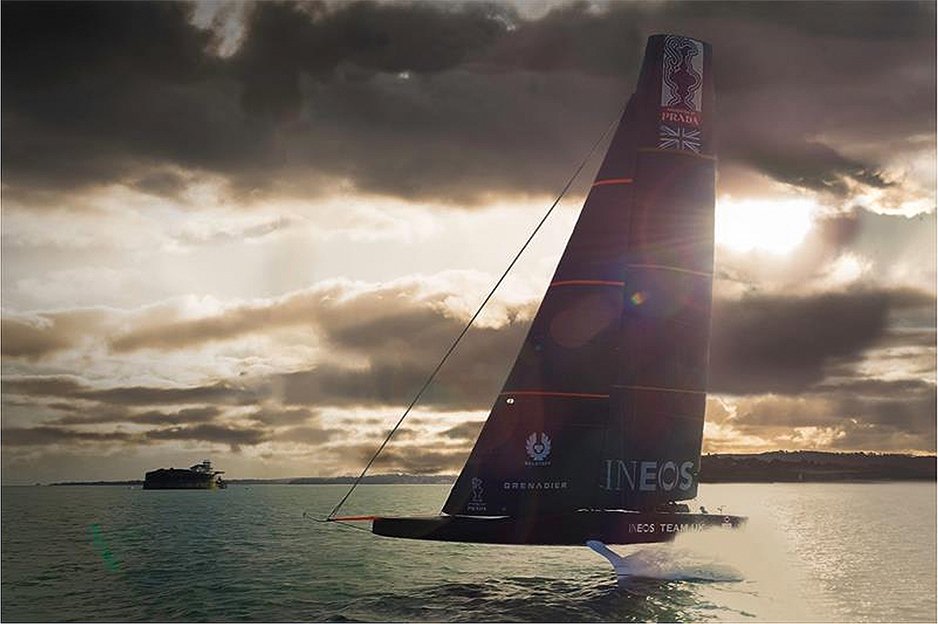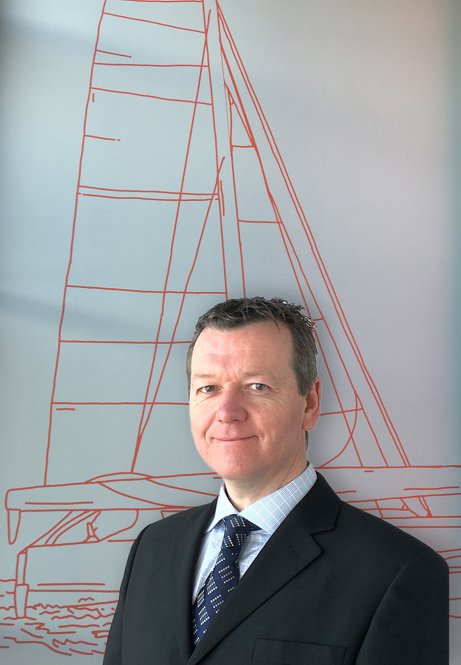Top Competitors Take Big Data and the Internet of (Boating) Things To the High Seas in Their Quest for the America’s Cup.
Published on the Occasion of the 36th America’s Cup World Series (ACWS) Race in Auckland, New Zealand, December 17-19, 2020
By Stuart Doe, Head of Active Solutions, Fischer Connectors
High-end racing, whether on land or water, is notorious for its secrecy. With the Prada Cup and America’s Cup races in 2021, no one working with any of the hyper-competitive teams would dare give away those secrets.
Spoiler alert: This isn’t about secrets. Even though Fischer Connectors is the exclusive connectivity sponsor of American Magic – a challenger for the 36th America’s Cup – and has provided connectors and solutions for many racing yachts over the past five decades, we can’t give away any of our trusted partners’ competitive secrets. This article is about the lessons learned working on various racing yachts over time, and how some of the latest connector technology and strategies used in racing can be applied to other real-world applications.
Racing into 2021
From the moment the America’s Cup AC75 class rule was first published on March 29, 2018 by the current America’s Cup Defender, Emirates Team New Zealand, challenger teams have been designing and engineering their boats within the set rules to give them every possible edge in a temperamental racing environment. In fact, American Magic spent over 76,000 man hours producing its first AC75, DEFIANT.
So, what are the stats for an AC75?
- Length: 22.76 m
- Width: 5 m
- Weight 6.4 tons
- Crew: 11
- Crew weight: 990 kilos
- Construction: carbon fiber and double-skinned soft mainsails
- Construction hours: 76,000+
- Design hours: 90,000+
- CNC machine and/or 3D printing hours: 45,000
- Individual parts: 25,000
- Sensors: 400+








